In the beginning, we designed our own speakers, built an audio amplifier and went on to get an Engineering degree (kept the art and music as the backup ) and to work for Fairlight Instruments where we designed the CMI Series III, bits of the Series II and later worked in
Japan for the Roland Corporation being involved with things like the Roland A-880, A-50, A-80, VP-9000, Human Rhythm Composer R-8, PMA-5, FP-7, JP-8000, VA-7, and others, in a hands on or strategic way.
Lots of things we worked on, also didn't become products. Some become part of bigger things, by other companies.
Some of it was software. Some was algorithms and some was a design philosophy.
Our original interest is that we wanted to make our own art, and couldn't afford to buy the systems needed, or they didn't exist. We aren't a stage performer though, so use on the stage was never our motivation. We have always been someone in a studio or workshop, producing a work of art, or engineering, for distribution.
The world has changed a lot since the 1970s.
The need to build equipment has been significantly reduced, and a few bits and piece we have recently developed are explained in Boutique Guitar Pedals, Effects and Project Studio. You mostly just use any old computer now. Things like cabinet DI boxes, a monitor controller and an Auratone clone. Plans and schematics included on the website.
That you can buy something Made in China for less that the parts cost is very significant in the current marketplace. A great many traditional market devices now also need a team of engineers to develop, to do in any reasonable time. The upside is a standard computer can do just about anything with just software.
What we have developed are for use in a Small Project Studio for recording original, guitar, bass and synthesiser based works. We use Reaper on a PC. A DAW with support of a 1970s studio full of processing and effects with free software plugins.
One thing we did have to do was make our Stratocaster quiet. The standard guitars hum, and that is bad for recording, and the article explains what the 2 things are that need to be done to correct this.
The Graphic Arts as we said above, have also always been an interest and that is all done in the same studio. We have a broad definition of Design and Designer! Pens and Markers on paper, now expanded by a scanner and software like Illustrator and Photoshop.
But you can find all that at the Art & Technology website. Combined Music and Graphic Demos are on our YouTube Channel: Art & Technology Demos.
The biggest change between 1970 and today, 2012 as I write this, is that there are many Prosumers now, and lots of tools to support them. Consumers and Producers that can produce art and distribute it.
You don't need the support of a Record Label or a production company to make an album, or video that can bee seen by a large audience. You don't need to get promoted on Radio or TV to get heard as you did in the 1970s. What may have cost $250k to make in an electronic music studio in the 1970s can probably be done in a few hours with a laptop in a bedroom now.
A computer, some software, an Internet connection, add in some talent and technique, and the world can be your audience, or marketplace. Not all of it may be as good as what you heard in the 1970s, but some may be way better without the corporate interference. I was stunned when I eventually learnt how much of the music product pushed to me as a kid over the radio was purely manufactured product.
The cost of producing music has dropped at the same time the value of music has dropped. Brian Eno has said recorded music is not a business any more. The fees from iTunes, Spotify aren't anything compared to what artist received from records or CDs. Even if the material isn't just taken from a Torrent or YouTube video.
The talk is that live performance is where the money is for Musicians now. That is not so easy in Sydney Australia now. In the last 20 years the stages in pubs and clubs were ripped out and replaced by poker machines. Means you have to think bigger and perform a show in one of the many smaller concert halls, or focus on places of Worship, but there, art is not the focus.
Japanese colleagues have a local government and community supporting free concerts at festivals. That is fine for Japan where getting paid outside your company is bad, but the reality is that here, people need to get paid.... some things are just different in Japan.
Many of the customers for the systems I was involved in developing at Fairlight Instruments and Roland were used by well known performers that went on to produce big selling and culturally significant works.
They wouldn't have gotten to that stage if they hadn't made a living out of it, and could focus on their art.....
2012 is a wonderful time to produce, create and distribute art. You may not be able to get paid anything for it in the way you did in the 1970s, but that is the same as it has always been for sculptors, painters, dancers, and most people involved with most sports.
But is that enough? Is that the way it should be moving forward?
The technical side of engineering is where we receive most of our income, and that service has an easily grasped value to the businesses we work with. The Technical Illustrations we do also have a simple, clear value.
Our thinking is that there needs to be more from the other art side in terms of ROI...... more than selling t-shirts, downloads or CDs for the general Prosumer.
There is a Prosumer marketplace that is lacking an appropriate outlet, that is more than just "the Internet", or buying
the latest keyboard, camera, effector or software tool. Advertisements on YouTube videos isn't "it" either.

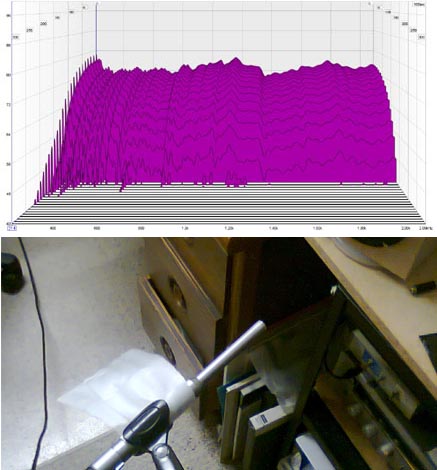
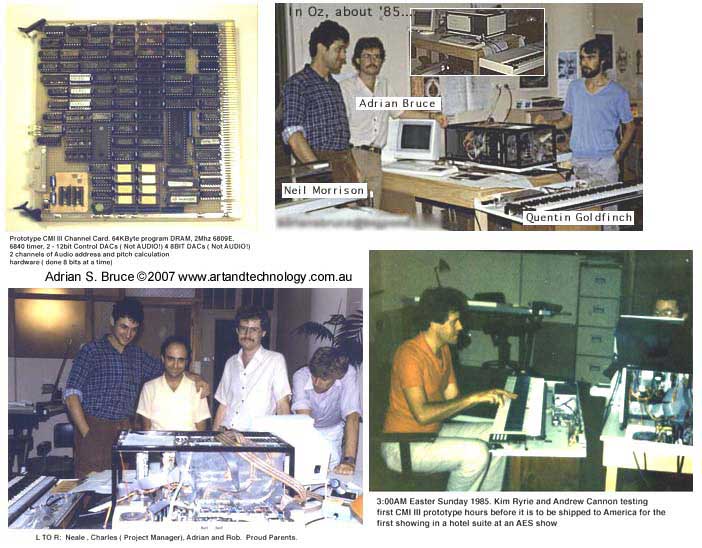
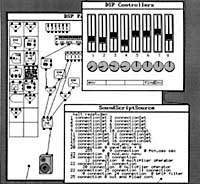
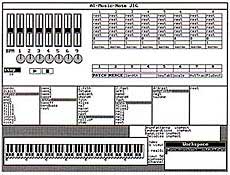
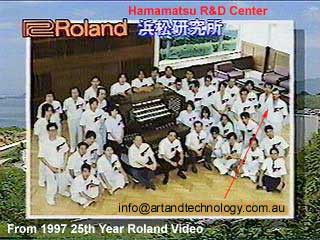
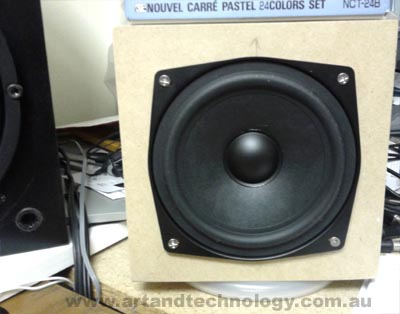



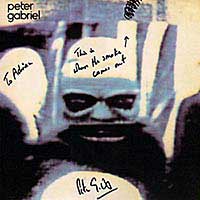

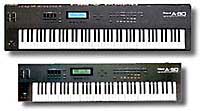
No comments:
Post a Comment